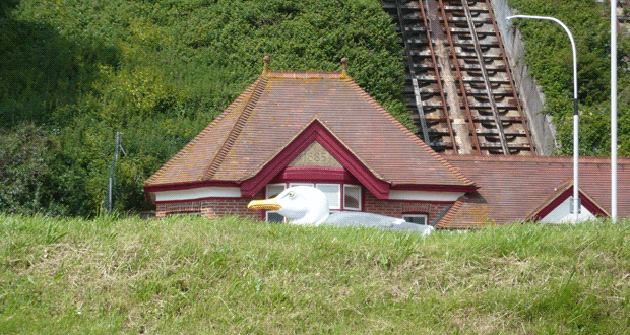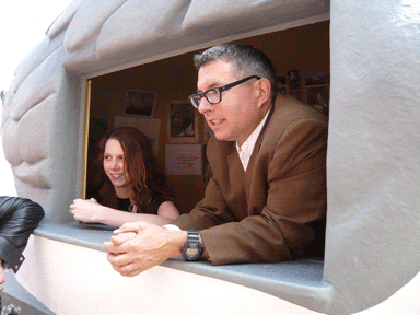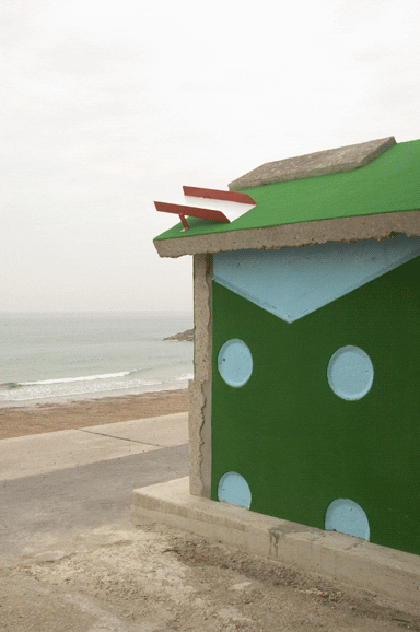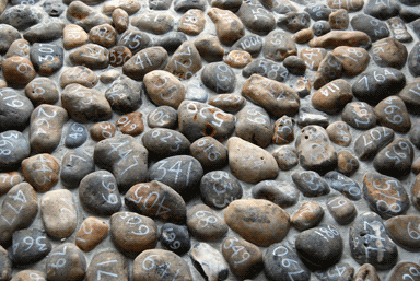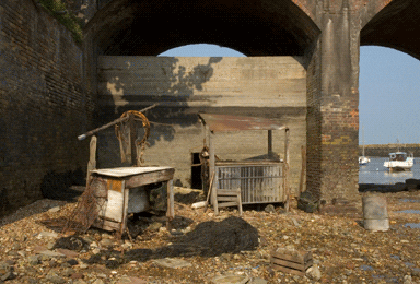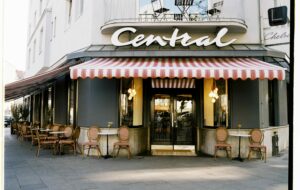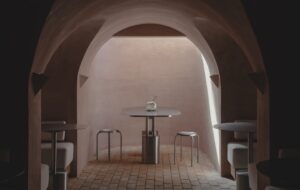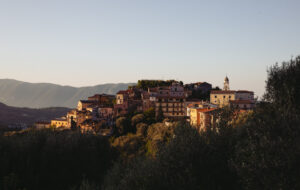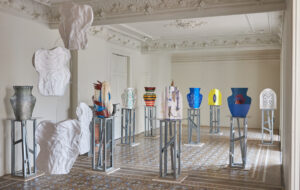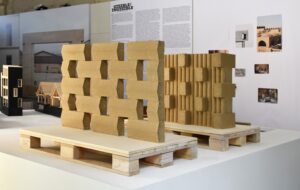|
|
||
|
This giant seagull is one of 22 attractions created by artists at the Folkestone Triennial, a three-month arts festival in the Kent port. It’s the Mobile Gull Appreciation Unit by American artist Mark Dion, a travelling information booth aimed at rehabilitating the much-maligned seagull. “I came from a seaside town,” says Dion, who grew up in New Bedford, Massachusetts, “and the sound of gulls is very evocative for me.” The booth will be staffed by a gull expert as it moves around the town for the duration of the festival.
The triennial, which has been loosely based on the Münster Skulptur Projekte, is a new event that aims to regenerate the dilapidated seaside town. Artists including Tracey Emin, Mark Wallinger, Christian Boltanski, Richard Wentworth, Pae White and Robert Kusmirowski have produced work. It has been curated by Andrea Schlieker. Richard Wilson’s work, 18 Holes, was the best that icon saw on its day trip. Wilson took 18 slabs of concrete from a defunct crazy golf course – each one with a hole in it – and built beach huts out of them on the sea front. The geometry of the course’s stepped “greens” and “obstacles” becomes a jaunty, vaguely Vorticist pattern when lifted off the ground applied to the structure.
The material, concrete, is also appealing. “It was great to be able to use a bit of Folkestone itself,” says Wilson. “A real, physical bit.” Particularly pleasing is its rough underside, visible under the eaves of the huts, where the concrete and aggregate originally met the bare earth. This, appropriately enough, resembles a stony shore, bringing to mind the old Situationist slogan: “Under the paving slabs, the beach!” Another work referencing the stony shore is Mark Wallinger’s Folk Stones, a bed of 17,000 individually numbered pebbles, each one representing a life lost on the first day of the Battle of the Somme in 1916. Folkestone was the departure point for soldiers headed to Europe during the First World War, and the conflict seems to still occupy a commanding position in the local imagination – Folk Stones is reportedly the work that has proved most popular with residents. The Great War also inspired Christian Boltanski’s work The Whisperers – a series of loudspeakers, placed behind the benches that look out across the Channel towards France, that play extracts from love letters written to and from men serving in the trenches.
Emin and Wentworth’s works both picked up on local social themes. Emin has scattered small toys and piece of baby clothing cast in bronze around the town, a poignant statement on the problems of unwanted teen pregnancies that dog depressed coastal communities. Wentworth’s contribution, Racinated, is also at various locations – a series of blue plaques drawing attention to plants that are not native to the UK. “It’s one of those places that gets particularly pissed off with people speaking Kosovan,” says Wentworth. Other highlights include Robert Kusmirowski’s Foreshore, which is a couple of market stall built of driftwood on the bottom of Folkestone’s harbour – a memorial to a lost fish market, built from the debris of the sea and only revealed when the tide is out and the harbour dry. The film contributions of Adam Chodzko and Langlands & Bell are also very good – Chodzko’s sinister Pyramid lingers in the mind long after being seen. www.folkestonetriennial.org.uk
|
Image Thierry Bal
Words William Wiles |
|
|
||

